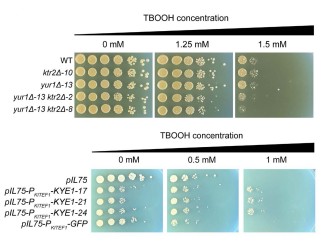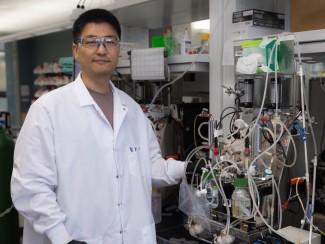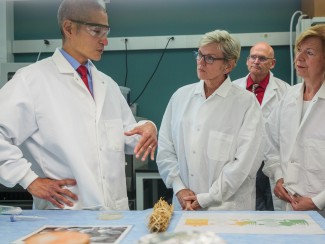University of Wisconsin-Madison engineers have developed a new approach to structuring the catalysts used in essential reactions in the chemical and energy fields. The advance offers a pathway for industries to wean themselves off of platinum, one of the scarcest metals in the earth's crust.
In an effort to reduce the catalysis world's dependence on this highly reactive and versatile — but also quite expensive — metal, UW-Madison chemical engineering Professor Manos Mavrikakis and his collaborators have turned to the nanoscale structure of particles, arranging atoms to achieve more potent chemical reactions while using less material.
In a paper to be published July 24 in the journal Science, the researchers describe how they teased a small number of platinum atoms into hollow "cage" structures that prove to be 5.5 times as potent as conventional platinum non-hollowed particles in an oxygen-reduction reaction crucial to low temperature fuel cells.





